SUMMARY
This is AI generated summarization, which may have errors. For context, always refer to the full article.
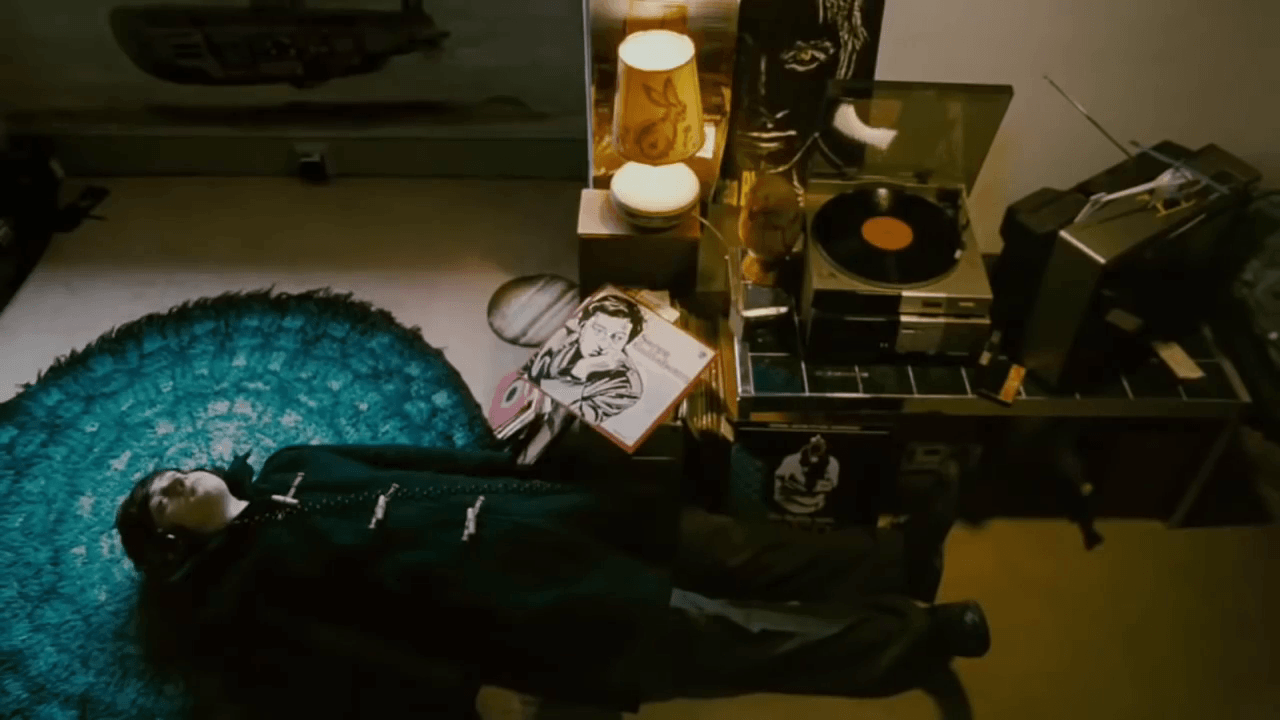
Vinyl is no longer the ancient artifact once revered only by audiophiles, or the occasional hipster.
A younger generation is embracing the medium, even if digital downloads and on-demand streaming has made access easier.
But assembling your first vinyl sound system, knowing if that vintage record is a good buy, and getting deep-seated dirt off the spiral grooves can all be a daunting task.
It’s all about getting that high fidelity sound, after all. What’s the use if you’re getting a tinny, subpar sound off a prized record?
It’s not a cheap hobby either, and you better not let any of that hard-earned cash go to waste.
Vinyl is often touted as playing the highest quality of sound, but do they really sound better than the rest? “In a proper setup, definitely, yes. They sound more crisp, bold, loud, and raw,” said musician (Pedicab, etc.) and avid vinyl collector Diego Mapa in an email interview.
It’s not the easiest hobby to get into, so what does it exactly take?
“As with any collection, whether it be toys or sneakers or comic books you have to know your reasons for getting into it because pretty soon your collection will take over a good chunk of your time, life and living space,” said Mr. B*, the owner of Makati-based shop Spindle Hole Records.
“This spells the difference between enjoying your collection or waking up one day wondering why you have all this junk around you.”
Basically, there is no “ultimate” system or single assembly manual for a great-sounding rig, but how much resources you pour into it spells the difference. As Pitchfork’s own guide puts it, picking the components of the setup is like choosing among cars: “They’re all going to get you from point A to point B – some might be a little bit nicer, but whether that’s worth the extra expense is up to each individual.”
Essentially: “An audiophile system has the same make up, it just costs a thousand times more,” added Mr. B.
This primer will guide you through what you should be looking for to squeeze every cent for its worth.
Turntables: All hands on (a) deck
First things first: important to get your hands on a turntable, and there are plenty of options on the market – from portable to flashy players suited to a full hi-fi configuration.
Portable
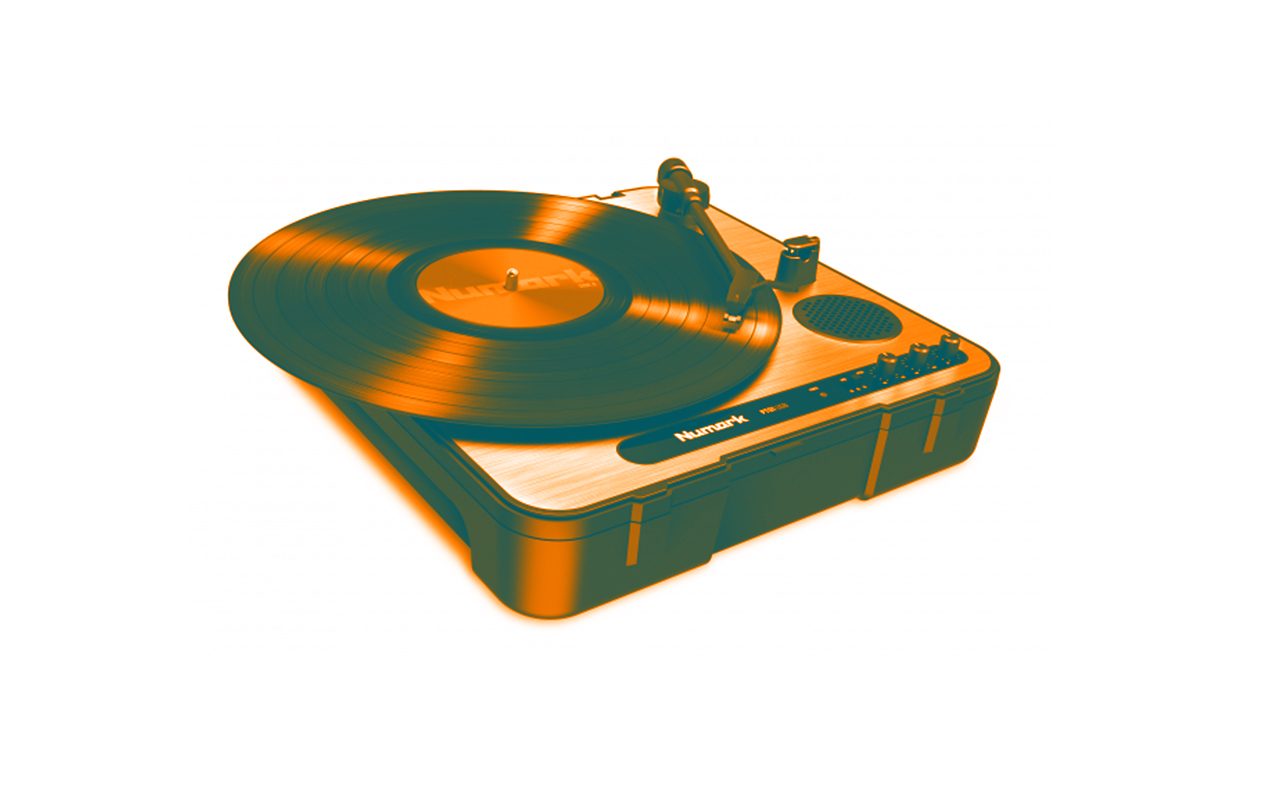
For beginners, because of the reasonable price points and space concerns, going portable can be their gateway.
Such models are often all-in-one – with built-in speakers, an RCA connector (for home stereo systems) and a headphone output. Some even have removable cartridges (which includes the stylus or needle that reads the grooves), adjustable counterbalance weights (to control the weight of the stylus on the surface of the record as it plays), and a USB port to digitize tracks.
But going the portable route has its cons – especially as you build your collection up.
For Jay Amante, who owns vinyl specialist shop The Grey Market, models that usually include built-in speakers are not the best for regular use: “These things only play your records, but play them poorly. Sound quality is bad, even good quality pressed records are not given justice,” he warned.
“These things ruin your records, the phono cartridges they use are iffy and the arms they use are unpredictable.”
Nonetheless, getting a portable deck can be a start. Mapa encouragingly said, “Where and when are you going to start when you don’t have money and are very curious about [vinyl]? At least you’re listening to them and they’re not just lying on display. Just upgrade if you feel like it. ”
Mapa recommended the Numark PT-01 (around $100 or P5,000) or the Vestax Handy Trax. (Vestax folded in 2014, however, some models may still be on the market. The company has since resurfaced as the boutique firm stpVx).
Local lifestyle brand Satchmi’s own Motorino (Mk. II – P7,799; Mk. III – P8,499) – especially its most recent edition – has also been recommended in several forums, both here and abroad.
Stereo system turntables
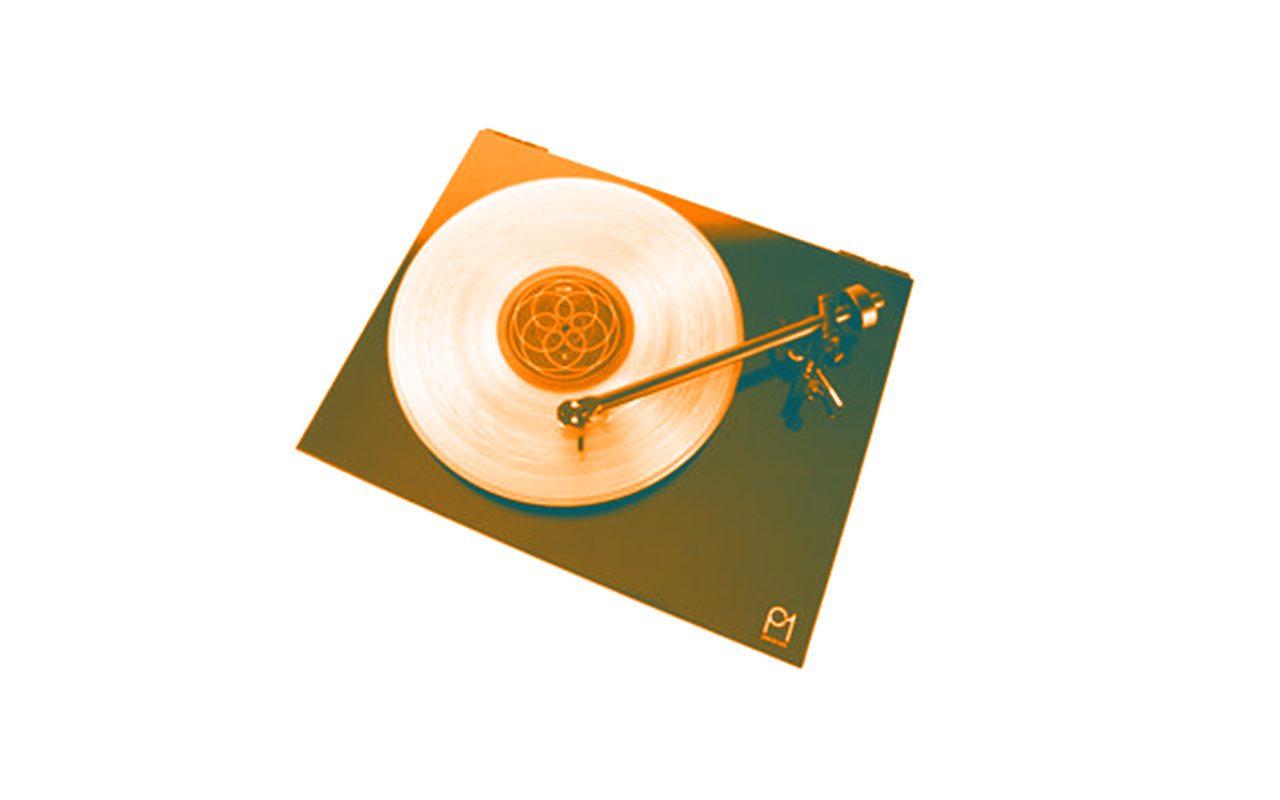
The turntable you’ll need depends on how or where you’ll be using it – and of course, your budget.
Spindle Hole Records’s Mr. B. recommended a belt drive turntable, which has an elastic belt connecting the platter to the motor, versus a direct drive turntable, where the platter is directly on top of the motor.
The latter is preferred by DJs because it’s supposedly more versatile and starts up faster. The former, however, tends to be better at resisting internal and external vibrations, produces less distortions in the sound, and thus, offers higher fidelity sound.
“Belt drive tables have less circuitry so generally easier to repair if you break it, especially if you decide to buy a vintage one,” he added.
On top of this, get one that has “a tonearm that has a counterweight and detachable headshell,” Mr. B said. “If the headshell is removable, then there’s a big chance the whole cartridge can be upgraded.” Later on, you’ll need to replace the cartridge, so this must be considered.
While some players’ tonearms have the headshell integrated into it, they may still have removable cartridges.
Grey Market’s Jay Amante recommends a Rega Planar 1 (approximately P17,000 and up) or…
Going vintage
Thrifting turntables is also an option. It’s just a matter of scrounging around for a good deal, whether in mom and pop shops or online markets. These players can set you back only around P5,000.
“As long as it’s complete with needle and has no issues,” noted Diego Mapa.
Amplifier/Receiver
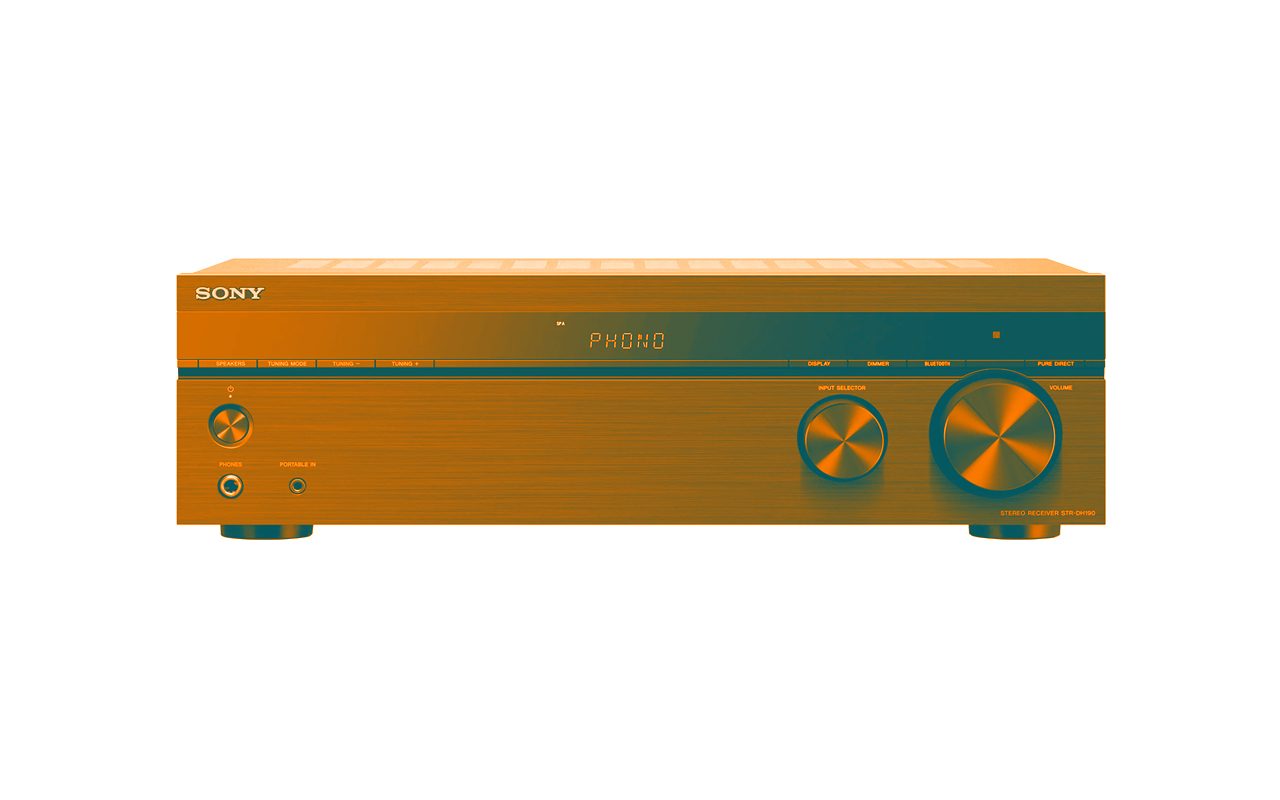
There are turntables out there that can be easily hooked up to any pair of speakers, but if you’re going to go deeper into this rabbit hole of a hobby, then you must get a dedicated amplifier or receiver (the latter – often part of a home theater system – has extra functions such as volume controls, a radio tuner, and more).
You’ll want a receiver that has a phono input. “Better turntables don’t include what’s known as a phono preamp, which boosts sound to the level of other audio components,” Pitchfork noted. “So vinyl newcomers should look for amplifiers and receivers with a dedicated phono input.”
Otherwise, you’ll be needing a separate standalone preamp.
However, as GQ’s guide points out, “Up until the ‘80s or so, most amps and receivers had the phono input that a turntable connects to. Not so much anymore.” So buying used or vintage, in this case, is a more practical route.
The downside is that they most likely won’t come with a manufacturer’s warranty.
“Not to diss vintage amplifiers, some are budget friendly, sound amazing and are built to last – until they don’t and you end up with a 20 kg paperweight,” said Mr. B, so he particularly suggested getting a unit with a warranty.
Speakers
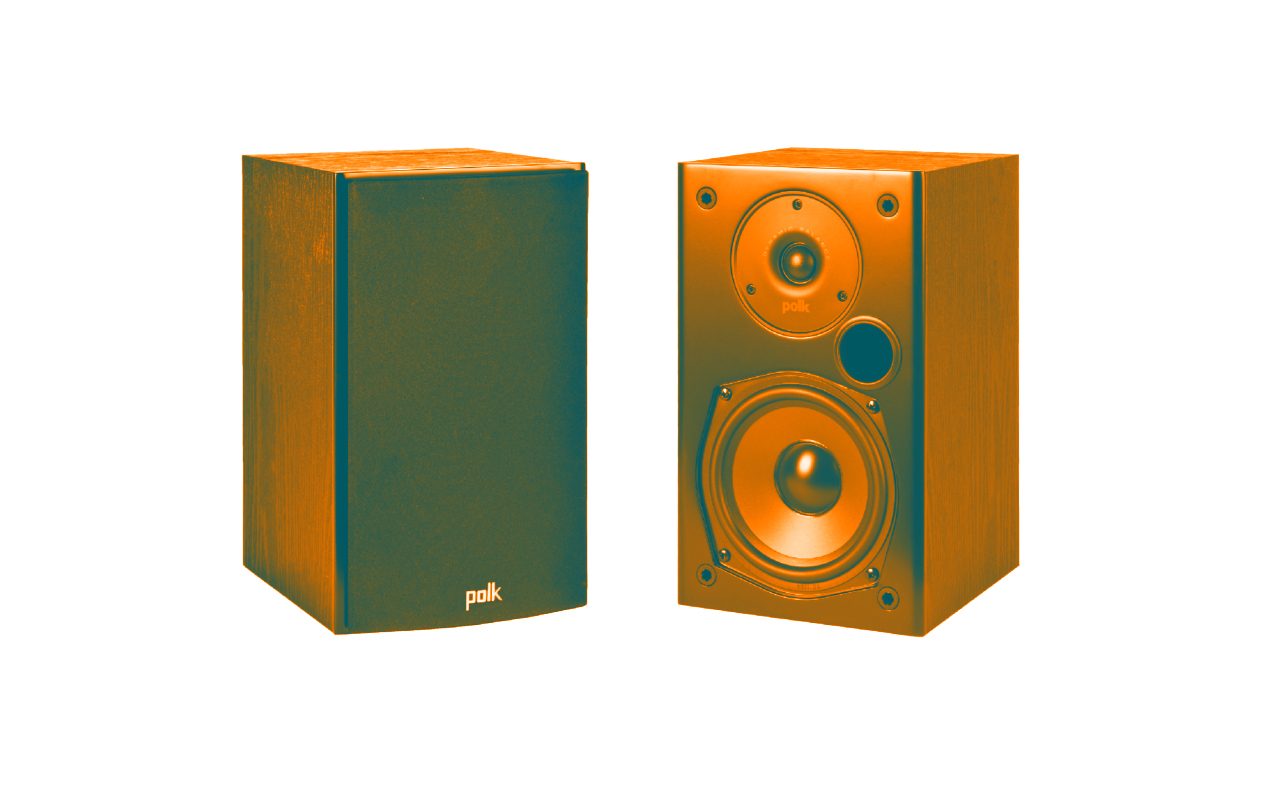
Getting towers of power doesn’t necessarily mean it makes the right setup for you. Size might matter, but not always, as even smaller models can be formidable, too.
What’s important, however, is how it fits your space. You’ll be content with quality bookshelf speakers for small rooms, and as you scale up, floorstanders or towers are appropriate.
If you have existing speakers, you can try hooking up the other components of your vinyl system. “With some tweaking it can work,” said Mr. B, albeit with a caveat. “You might not like the sound coming off it. Better to get a separate set of speakers for your system.”
He also adds that for some people it’s better to work up from selecting a good pair of speakers: “Once you have that get the amp that brings out the best sound from the speakers and end with the input source.”
Now which product fits your system best? With the myriad options out there, it’s really best to actually try them out for yourself and not be blinded by the specs on the marquee. “The demo’s worth a thousand words,” Audio Labs’s Greg Den Hartog tells Pitchfork.
Crate digging
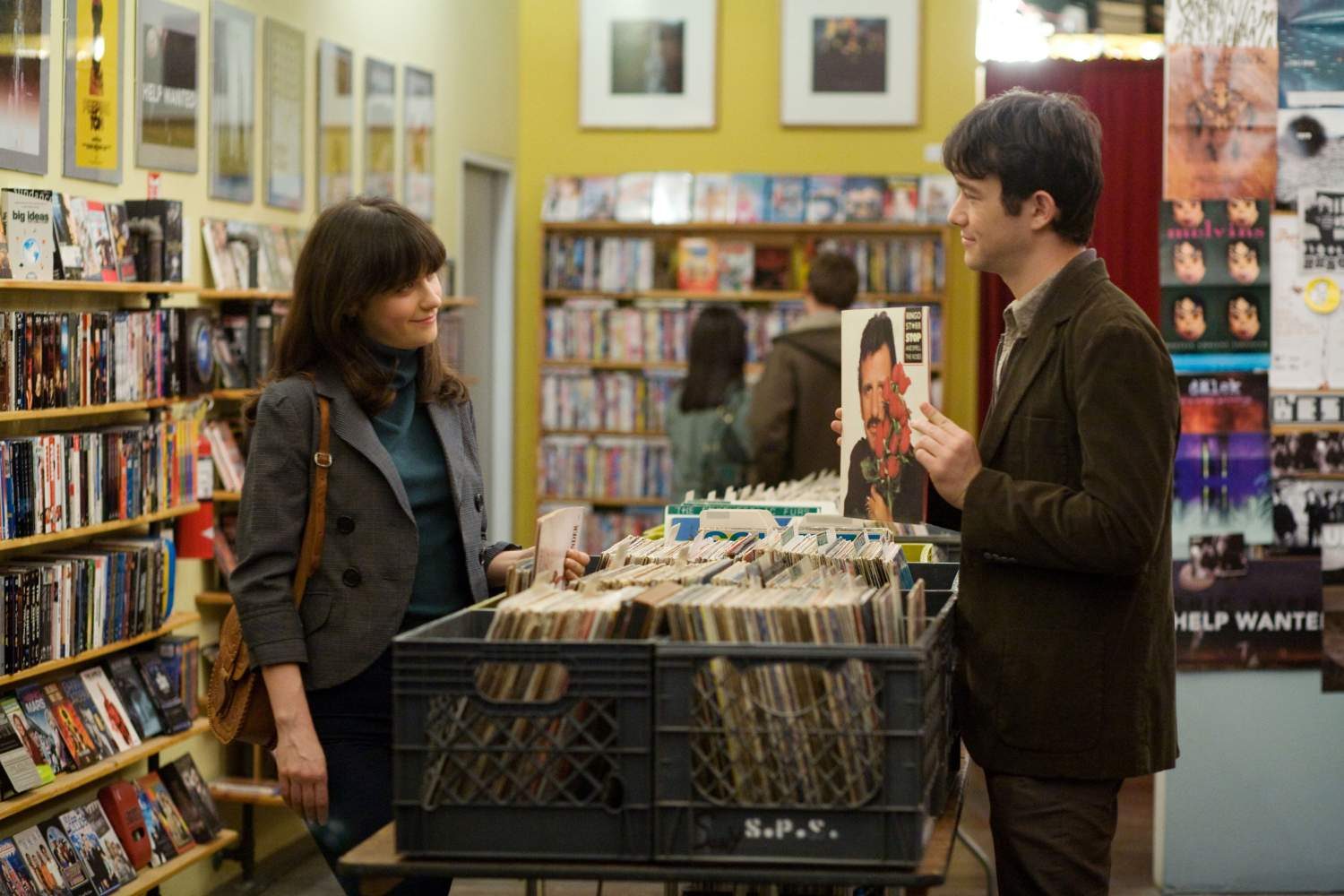
Crate digging – especially in vintage shops or bargain bins – is a ritual that is specific to vinyl. It’s not only nostalgic, but it can be like unearthing gold, as it’s not as straightforward as looking at an inventory or neatly sorted shelves. (READ: Vinyl hunting with Autotelic, Cheats and Oh, Flamingo! at Satchmi Vinyl Day 2019)
Shopping for vinyl is a tactile activity as listening to it, and it’s “a good way to discover new music,” said Amante. “In this fast-paced, everything-within-a-touch-of-a-screen digital world, it is always nice to slow down, and listen to all the songs on both sides of a record.”
Mr. B echoed this, “I get to hear other songs from the artist that weren’t hits but great nonetheless, music that didn’t get radio airtime, bands I never knew existed but I took a chance on because I thought the album cover was cool, genres I never thought to explore but I got them since they were in the bargain bin.”
“I can’t get my ultimate fix looking at a file on a screen, that I downloaded somewhere,” Mapa also said.
The Pedicab frontman described his own experience: “As a music fan, I love flipping the large cover, checking every detail of the artwork, flipping the record, reading the liner notes, and moreover, enjoying the music.”
Used records
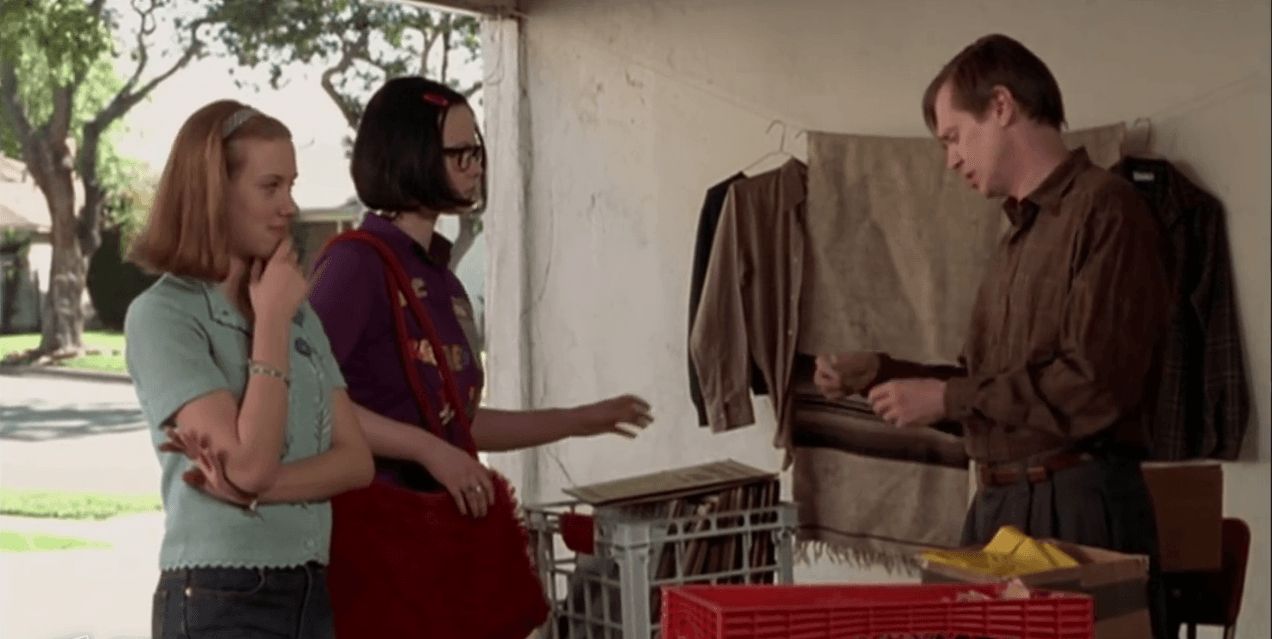
A lot of newbies to the medium prefer new presses, but occasionally, you’ll find yourself digging in the crates of some dusty old shop. These antique items – far from being in mint condition – can be still be gems.
“I enjoy the crackling and dirt,” said Mapa. “It adds to the listening experience, it’s an instant time machine and they teleport you to places.”
However, there are near-universal standards to determining the quality of records, such as the one that music database and marketplace Discogs uses. Sellers often show the grade in plain sight on the jacket.
However, there are certain simple lookouts if you want to inspect a record yourself.
You’ll have to check the disc for deep scratches. Surface marks are normal, but deeper nicks and warps will add noise and cause a record to skip. Those eventually damage the stylus of your player, too.
Spotted some cracks? You’re better off steering clear of those.
The jacket is also a good indicator of a record’s quality. Are they worn out? Are the seams ripped? Is the record contained in an inner paper sleeve? Are there signs of water damage?
Check for mold and dirt then, as that is a sign of storage in a dank environment. However, more often than not, these can be cleaned with professional-made solutions.
Usually, it’s better to buy your records over the counter as buying them online means you won’t be able to physically inspect it.
Mapa counts Tres Kuleros Records and the vintage shops at Cubao Expo among his favorites, but he also recommends, among the Manila-based stores, those who sell a mix of old and new: ThisIsPop!, The Grey Market, Satchmi, and Spindle Hole Records.
Picture and colored vinyl
Picture and colored vinyl can be eye-catching, but they were once an audiophile’s laughingstock as their production makes it less durable, and therefore, playback can be of poorer fidelity, according to Discogs.
Recent developments have made some on par with the regular black pressings, so there are exceptions.
Generally speaking, transparent or clear vinyl has a drop in sound quality, albeit often negligible to a casual listener. But picture and glow-in-the-dark discs are trickier. They’re best regarded as collector’s items, but don’t let these considerations deter you!
Care and storage
If you want your collection to last, you’ll need to be more fastidious from putting your record on the player to putting it in storage.
“You have to watch out for dust, smoke and pets,” Mr. B cautioned, saying the basics of playing and storage: “Wipe down your records with a record brush before playing it on the table and give it a good wipe before putting it back in its sleeve.”
Wiping them with record brushes also reduces static, which has an impact on playback.
Vinyl records are delicate objects, so handle them with care and avoid dropping them. Always hold them by the edges or on the label.
Don’t forget your turntable, though, and clean the stylus tip with a gentle brush from time to time to avoid grease and dirt buildup.
Storage
Put your records in an upright position – always. Stacking them flat on top of each other puts them at risk of warping and cracking.
Store them a in dry, cool place. Don’t place them within the reach of direct sunlight, in the back of your car, or in other scorching hot places. They’re sometimes called wax for a reason, and they can be deformed.
If you have a shelf for them, make sure it can handle their weight.
Buy plastic sleeves to cover the entire album, too.
Cleaning
Cleaning your records is absolutely and obviously an essential part of caring for your collection.
Get a cleaning kit. These are not mere add-ons, so invest in them.
“The benefits are numerous: extending vinyl life, improving playback, preventing needle wear. You can even increase the value of some records with a good clean,” noted Discogs.
A simple dry wipe (i.e. an anti-static brush or a microfiber cloth) might suffice for a while, but there will come a time when you’ll need more thorough methods involving professional cleaning solutions.
You might also want to invest in a record cleaning machine, but these can be as pricey as a turntable.
The scene: Where is vinyl at the moment?
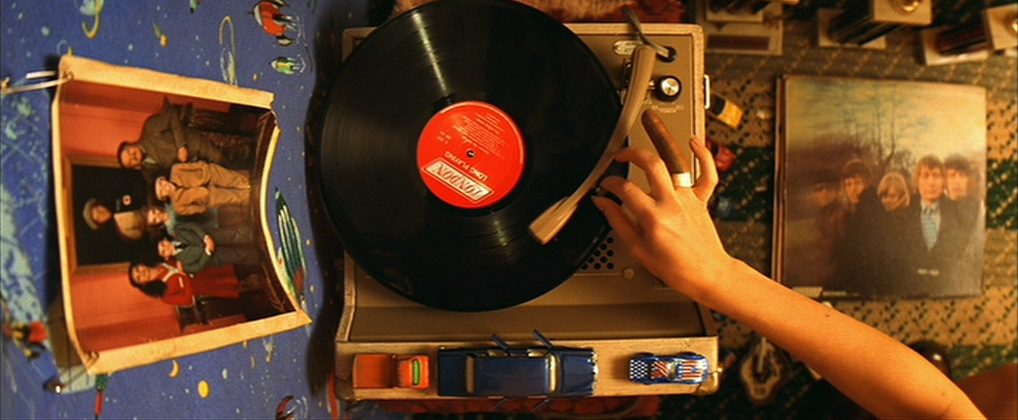
The resurgence of these wax records is no fluke. While it remains a niche, arcane hobby, its place in the industry cannot be overlooked.
According to 2018 data from the Recording Industry Association of America, while revenues from other physical formats have declined in the United States, vinyl “continued to be the exception” with 2018 sales amounting to $419 million – 8% up from the previous year, and the highest since 1988. This doesn’t even include secondhand, vintage goods.
However, the tables have turned for turntables – 5% down in 2017 versus 2016, according to industry watchdog Gfk. But counterintuitive as this figure seems, this doesn’t necessarily mean demand has waned.
If it shows that sales for new players have plateaued, it’s probably because the second hand market is hard to track. Rafe Arnott argues, writing for Part-Time Audiophile: “The market for used LPs is staggeringly large, but none of these [research] companies seem to tout numbers which tracks those sales (and in all honesty, it would be nearly impossible to do).”
Vinyl also shouldn’t be pitted against streaming services. In fact, listening on these channels may have boosted sales, according to a 2016 poll by research firm ICM – an indication that people actually listen to the album online first before buying a record.
Why should you get into vinyl?
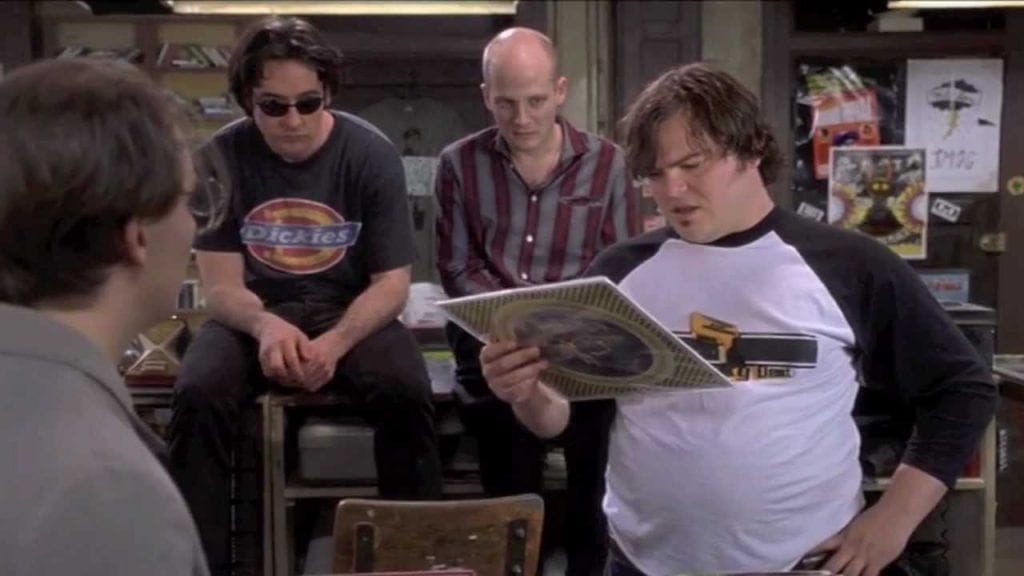
There’s no singular case for getting into this hobby. Yes, it can be taxing, but it’s rewarding, many of its advocates say.
It’s just one way of expressing a love for music, although many also say that vinyl is more steeped in nostalgia.
“Vinyl is a bit more special,” said Mr. B. “It evokes a little more nostalgia for me than the other formats. The music feels more personal when I hold the album and the little rituals that come with putting the wax on the table brings me back to a simpler place and time.”
The owner of Spindle Hole Records added: “There is a sense of shared history; names and dates scribbled on the label, old tape marks around the edges of the cover, a letter or two tucked inside the sleeve, little things that make me realize that there were many other people who listened and enjoyed the record before me.”
“These impractical things, for me is the ultimate listening experience,” said Mapa. “The format also stands the test of time, CDs and cassettes deteriorate in storage.”
It won’t be a sensible pastime at times, for which you’ll need a good chunk of your disposable income.
However, as Mr B. sums it up, it’s ultimately up to personal preference: “I think that once you find out your reasons for collecting vinyl you’ll find out the answer on whether it’s a good investment on your own.” – Rappler.com
Get your own turntable with this voucher from Shopee.
* Name has been withheld upon request of anonymity.
Paolo Abad is a film/television editor and motion graphic designer. He is also a self-confessed concert junkie.
Add a comment
How does this make you feel?
![[WATCH] Rappler Live Jam: YARA](https://www.rappler.com/tachyon/2024/04/YARA-live-jam-ls.jpg?resize=257%2C257&crop=466px%2C0px%2C1080px%2C1080px)
![[WATCH] Rappler Live Jam: Jose Miguel](https://www.rappler.com/tachyon/2024/04/rappler-live-jam-LS.jpg?resize=257%2C257&crop=332px%2C0px%2C1080px%2C1080px)
![[WATCH] Rappler Live Jam: HEY JUNE!](https://www.rappler.com/tachyon/2024/03/hey-june-live-jam-ls.jpg?resize=257%2C257&crop=477px%2C0px%2C1080px%2C1080px)
![[WATCH] Rappler Live Jam: O SIDE MAFIA](https://www.rappler.com/tachyon/2024/03/live-jam-o-side-mafia-live-jam-ls-2.jpg?resize=257%2C257&crop=388px%2C0px%2C1080px%2C1080px)
![[WATCH] Rappler Live Jam: Cast of Sandbox’s ‘Spelling Bee’ musical](https://www.rappler.com/tachyon/2024/03/live-jam-R5-1280.jpg?resize=257%2C257&crop=188px%2C0px%2C720px%2C720px)
There are no comments yet. Add your comment to start the conversation.